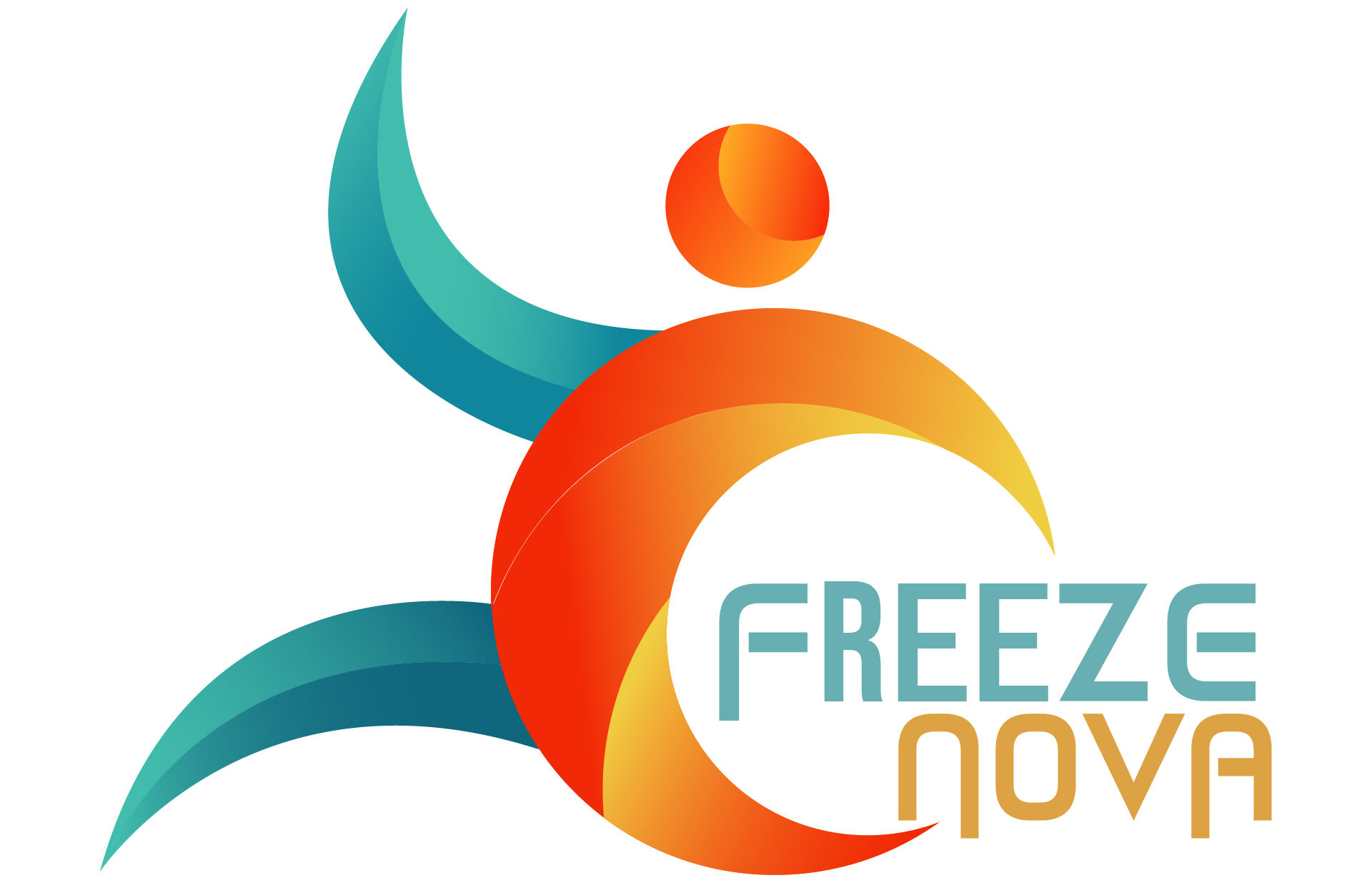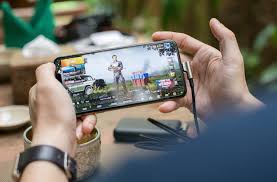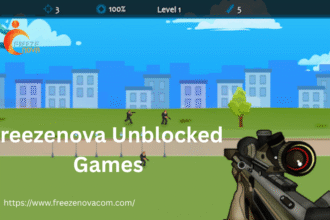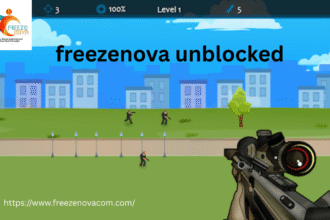Introduction
Mobile gaming isn’t what it used to be. With the rollout of 5G networks across the globe, we’re entering a new era of mobile experiences—faster, smoother, and more immersive than ever. From real-time multiplayer battles to console-quality streaming, 5G technology is unlocking possibilities we only dreamed about a few years ago.
In this guide, we’ll dive into how 5G is changing mobile gaming, the technologies behind it, and what developers and gamers alike should expect. Whether you’re a casual player or a pro mobile esports competitor, understanding the power of 5G could completely transform how—and where—you play.
Let’s break it down.
What Is 5G and Why Does It Matter for Gaming?
5G is the fifth generation of mobile network technology. Compared to 4G LTE, 5G offers:
- Up to 100x faster speeds
- Ultra-low latency (as low as 1ms)
- Massive device capacity per square kilometre
These improvements go far beyond better Netflix buffering. They’re powering real-time, lag-free gaming experiences on mobile devices, cloud platforms, and even wearable tech.
Key Stats:
- By 2025, over 70% of the global population is expected to have 5G access.
- The mobile gaming market is projected to reach $250B by 2027, largely driven by 5G expansion.
Faster Download Speeds = Bigger, Better Games
With 5G, downloading a 2GB mobile game update takes seconds, not minutes. This drastically reduces friction between players and content.
What This Means:
- Developers can push larger game files without worrying about long download times.
- Players can access high-resolution graphics and complex worlds without delay.
- Frequent patches and content updates feel seamless.
Think of 5G as the gaming world’s fast lane—where loading screens fade away.
Ultra-Low Latency: The End of Lag
Latency is the time it takes for data to travel from your device to a server and back. In gaming, high latency causes input lag, rubber-banding, and dropped connections.
How 5G Changes That:
- 1ms latency on 5G vs. 30–50ms on 4 G.
- Real-time responsiveness for competitive mobile games like PUBG Mobile, Call of Duty: Mobile, and League of Legends: Wild Rift.
- More reliable experiences in AR/VR gaming and cloud platforms.
For multiplayer fans, this is the biggest leap forward. In the world of esports, milliseconds can mean victory or defeat.

5G Enables True Cloud Gaming on Mobile
One of the most transformative effects of 5G is enabling cloud-based gaming, where processing happens on a remote server, and your device just streams the visuals.
Platforms Impacted:
- Xbox Cloud Gaming (xCloud)
- NVIDIA GeForce NOW
- PlayStation Remote Play
- Google Stadia (RIP, but concept lives on)
With 5G’s high speed and low latency:
- You can play AAA console/PC titles on your phone.
- No need for expensive mobile GPUs or large storage.
- Game progress syncs across all devices instantly.
This is a game-changer for accessibility, turning nearly any 5G-connected phone into a gaming powerhouse.
AI, AR, and 5G: The Future Trio
5G doesn’t work alone—it enhances other emerging technologies like AI and Augmented Reality.
Use Cases in Mobile Gaming:
- AR Games like Pokémon Go can now support real-time multiplayer AR battles.
- AI-driven NPCs and dynamic environments become more believable with faster data exchange.
- Smartphones with AI chips leverage 5G bandwidth to deliver personalised, adaptive gameplay.
This combination creates immersive, intelligent, and socially connected gaming worlds.
How 5G Benefits Game Developers
It’s not just players reaping the rewards—developers gain massive advantages too.
Development Advantages:
- Real-time analytics from live games with no delay.
- More freedom to design graphically rich environments without worrying about device limitations.
- Instant game patching and asset streaming for continuous updates.
- Larger multiplayer lobbies and persistent open worlds.
With 5G, devs can focus on vision, not limitations.
Comparing 5G vs. 4G in Mobile Gaming
| Feature | 4G LTE | 5G |
| Download Speed | Up to 100 Mbps | 1–10 Gbps |
| Latency | 30–50 ms | 1–10 ms |
| Max Connections | ~100K/km² | 1M+/km² |
| Cloud Gaming | Limited, laggy | Smooth, seamless |
| Multiplayer Sync | Occasional lag | Real-time, low ping |
The differences are not subtle—they’re revolutionary.
Case Study: How 5G Transformed Call of Duty: Mobile
Activision reported a 30% retention increase in 5G-enabled regions for Call of Duty: Mobile due to faster match loading and reduced lag.
Players in urban areas with full 5G access reported:
- Faster matchmaking
- Consistent 60 FPS performance
- Minimal latency in battle royale mode
This is a concrete example of how 5G is changing mobile gaming on a global scale.
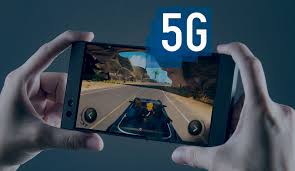
Global Rollout: Where 5G Gaming Thrives
As of 2025, countries leading in 5G mobile gaming include:
- South Korea
- United States
- China
- Germany
- Japan
These regions see the fastest adoption of:
- Cloud gaming platforms
- eSports on mobile
- AR-enhanced mobile titles
Expect developing regions to catch up quickly as infrastructure expands.
Devices That Are Ready for 5G Gaming
You don’t need a console anymore—just a 5G-capable smartphone or tablet. Top devices for 5G gaming in 2025 include:
- iPhone 15 Pro Max
- Samsung Galaxy S25 Ultra
- ASUS ROG Phone 8
- OnePlus 12 Pro
- Lenovo Legion Y90
Pair any of these with a Bluetooth controller and cloud subscription, and you’ve got a full gaming setup in your pocket.
The Challenges of 5G in Mobile Gaming
Despite its power, 5G still faces hurdles:
Current Limitations:
- Coverage gaps in rural areas
- Battery drain from high-speed connections
- Device overheating during intense sessions
- Data caps from mobile providers
But as networks evolve, these challenges will diminish, and the benefits will far outweigh the cons.
Future Trends: What’s Next for 5G and Gaming?
We’re just scratching the surface of what’s possible.
Future Predictions:
- 5G-powered eSports stadiums and events
- Seamless switching between devices mid-game
- Integration with AI-driven storytelling engines
- Cloud-based MMOs with real-time world changes
- Mobile-first AAA game launches
In a few years, you may not even download games—you’ll just stream and play instantly, anywhere.
Conclusion
There’s no doubt about it—5G is transforming mobile gaming in ways we couldn’t have imagined just a few years ago. From faster speeds and ultra-low latency to console-quality cloud play, 5G technology has taken gaming out of the living room and put it in your pocket.
Whether you’re a player looking for smoother performance or a developer exploring new boundaries, now’s the time to embrace this shift. As networks expand and devices evolve, 5G will continue to shape the future of interactive entertainment.
If you’re serious about mobile gaming, 5G isn’t optional. It’s essential.
Read Also: Unity 2D/3D Platform: Ultimate Game Dev Engine Guide
FAQs
How does 5G improve mobile gaming performance?
5G offers faster speeds and ultra-low latency, reducing lag, improving visuals, and enabling cloud-based gaming.
Can I play console-quality games on my phone with 5G?
Yes. With platforms like Xbox Cloud Gaming and GeForce NOW, 5G allows real-time streaming of console-level games.
Do I need a 5G phone to benefit from 5G gaming?
Yes. Only 5G-capable devices can access these faster networks and enhanced gaming experiences.
Is 5G available everywhere for mobile gaming?
Not yet. Urban areas have the most coverage, but 5G is expanding quickly worldwide.
What are the downsides of 5G gaming right now?
Some challenges include limited coverage, higher battery usage, and potential data caps depending on your mobile plan.
